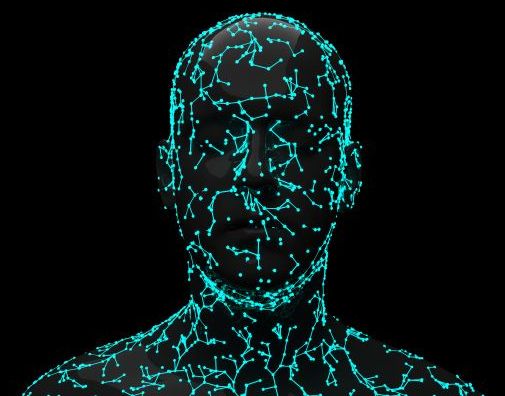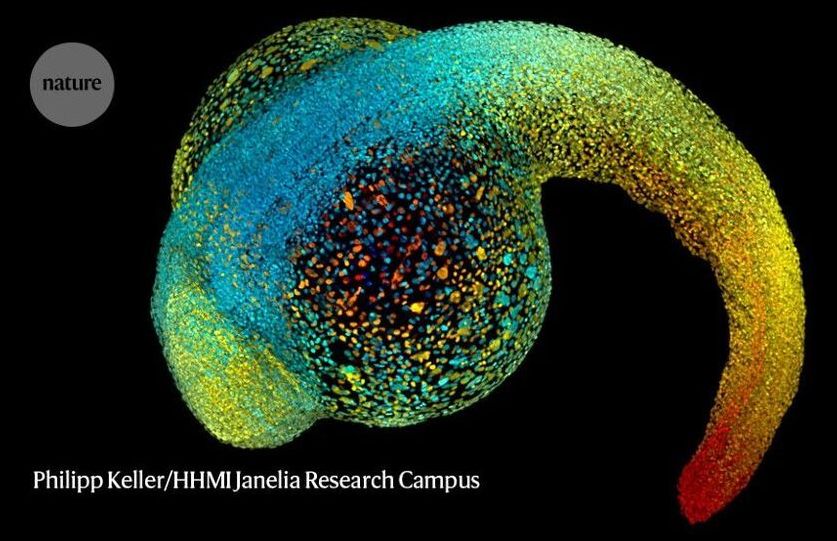
Get the latest international news and world events from around the world.


FTC settlement with Ever orders data and AIs deleted after facial recognition pivot
The maker of a defunct cloud photo storage app that pivoted to selling facial recognition services has been ordered to delete user data and any algorithms trained on it, under the terms of an FTC settlement.
The regulator investigated complaints the Ever app — which gained earlier notoriety for using dark patterns to spam users’ contacts — had applied facial recognition to users’ photographs without properly informing them what it was doing with their selfies.
Under the proposed settlement, Ever must delete photos and videos of users who deactivated their accounts and also delete all face embeddings (i.e. data related to facial features which can be used for facial recognition purposes) that it derived from photos of users who did not give express consent to such a use.


SpaceX wins contracts for lunar lander, environmental satellite launches
WASHINGTON — SpaceX secured contracts Jan. 13 for the launches of a commercial lunar lander mission backed by NASA as well as a privately funded satellite to track methane emissions.
Intuitive Machines announced that it selected SpaceX for the launch of its IM-2 lunar lander mission on a Falcon 9 rocket no earlier than 2022. IM-2 will land in the south polar region of the moon carrying payloads arranged through the agency’s Commercial Lunar Payload Services (CLPS) program in October.
The IM-2 mission will fly a drilling experiment called Polar Resources Ice Mining Experiment 1 (PRIME-1), which will look for water ice below the lunar surface. Intuitive Machines said that, besides the PRIME-1 drill, two other NASA technology payloads will fly on the lander.


An Online Conference Focused on “THE GREATER RESET” will be held from January 25th-29th 2021
The Greater Reset, a conference being held online from January 25th — 29th, 2021, is the world’s collective response to the World Economic Forum’s Initiative: The Great Reset.
We offer an alternative to the WEF’s top-down, centralized, authoritarian vision. Our desire is to help all people find community and liberty by providing practical steps and knowledge for co-creating a world that respects individual liberty, bodily autonomy, and choice.
We invite you to join us for 5 days of online discussion about the diverse opportunities available for those who seek to live in harmony with humanity and the planet, while respecting our innate freedom.



Carcopter is a flying hydrogen-powered formula 1 car conceived
is it a car? is it a helicopter? no, it’s carcopter. conceived by french start-up, MACA, this hydrogen-powered concept aims to revolutionize the way we travel. with its aerodynamic body and theoretical top speed of 153 mph (246 kph), this prototype in question is designed for a racing scenario. it intends to be the first (manned) flying hydrogen formula 1 car. the highly-futuristic vehicle is set to be shown at annual tech event, CES 2021.

Fiat Chrysler plans to mass produce flying cars by 2023
One of electric aviation’s greatest challenges (beyond safety certification) is mass production. Designing a working prototype is now table stakes in this industry. As Tesla found out, heavy manufacturing at scale can easily bankrupt even the most well-funded companies.
To solve this problem, Archer turned to Fiat Chrysler Automobiles (FCA), which produces about 4 million cars per year at its 100 manufacturing facilities and 40 R&D centers. FCA described it as a mutually beneficial arrangement: It gains experience electrifying vehicles (where it lags behind), and Archer gains access to low-cost manufacturing expertise. FCA already helped design the aircraft’s cockpit and will allow the production of “thousands of aircraft” per year, according to a company spokesperson. The first aircraft is scheduled to be revealed in early 2021 with the first public flights in 2024.
Delays are likely given the complexity of launching, literally, a new vehicle. But the announcement fulfills the initial prediction made last year by John Hansman, director of MIT’s International Center for Air Transportation: “You’ve seen some shakeup in electric aviation, but also see it get closer to reality” in 2020, he said. “It’s clear there will be the emergence of a new class of electric airplanes. In 2021, you’ll see hybrid and battery aircraft in service or close to being in service.”